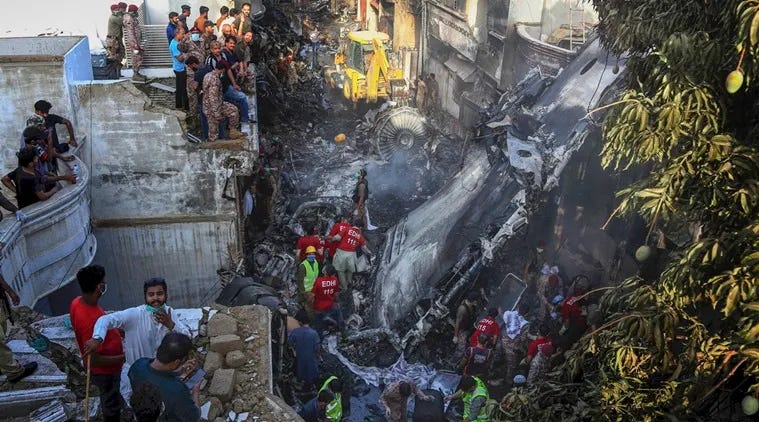The Tragic Crash of Pakistan International Airlines Flight 8303: A Detailed Analysis
The analysis of the crash of Pakistan International Airlines Flight 8303 reveals a series of critical errors and systemic failures that culminated in a tragic disaster. The flight crew's distracted approach, failure to follow procedures, and disregard for safety protocols were key contributors to the accident. The pilots' lack of situational awareness, improper decision-making, and non-compliance with standard operating procedures significantly impacted the outcome. Additionally, the airline's inadequate quality assurance practices, coupled with a culture of political patronage and corruption within PIA, created an environment where safety took a back seat to personal interests. The investigation highlighted issues such as pilot licensing irregularities, overstaffing, mismanagement, and regulatory deficiencies that further exacerbated the situation. Despite some minor changes post-accident, fundamental organizational challenges persist within PIA and Pakistan's aviation sector at large.
客製化摘要
使用 AI 重寫
產生引用格式
翻譯原文
翻譯成其他語言
產生心智圖
從原文內容
前往原文
admiralcloudberg.medium.com
Insanity in the Air: The crash of Pakistan International Airlines flight 8303
從以下內容提煉的關鍵洞見
by Admiral Clou... 於 admiralcloudberg.medium.... 03-17-2024
https://admiralcloudberg.medium.com/insanity-in-the-air-the-crash-of-pakistan-international-airlines-flight-8303-46bbcc0e5f45
深入探究
